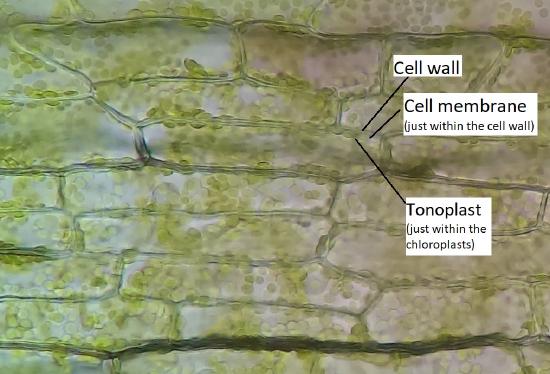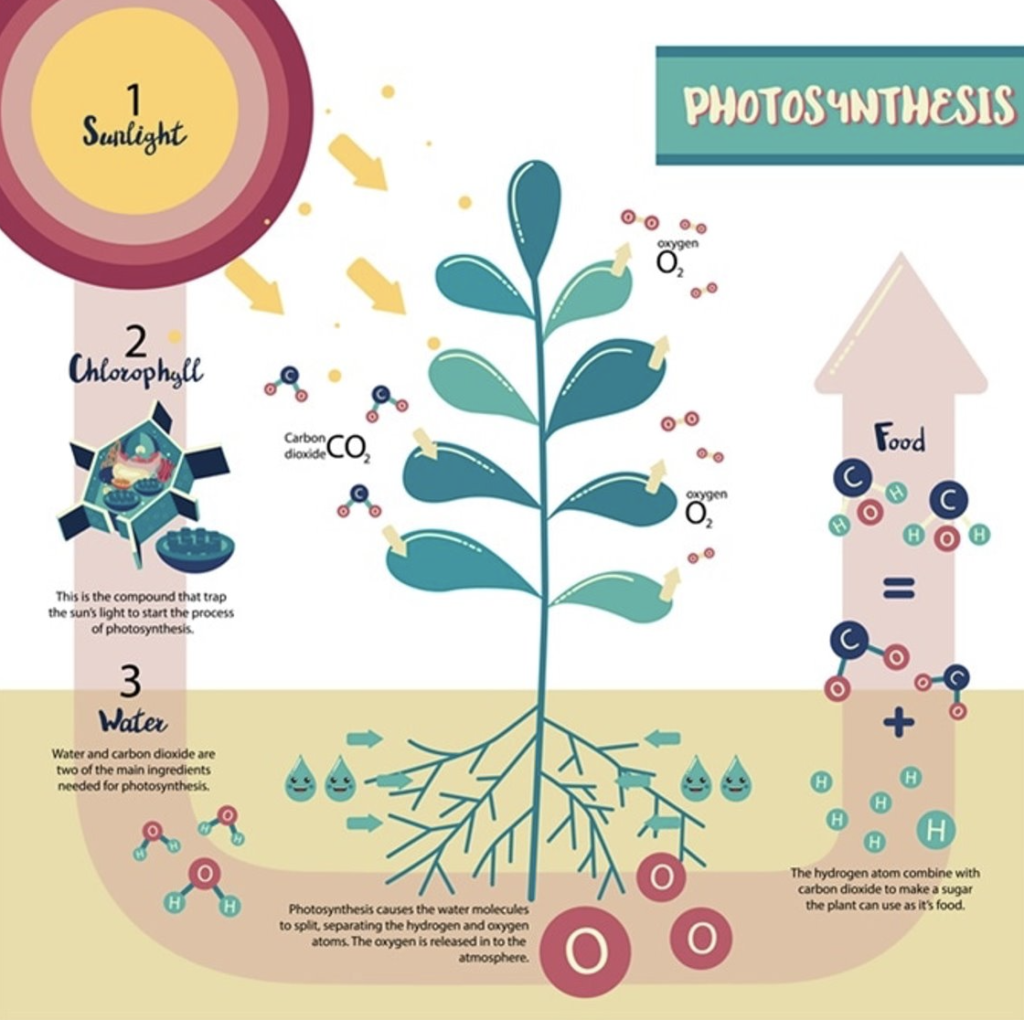USDA Fellows Classroom Lesson 4
Link to download pdf:https://docs.google.com/document/d/1tYNxiI4k2jDA3d311LeSaPdht3dxs5g18UnU5dHswH4/edit?usp=sharing
Plant vs Animal Cell

What is a cell?
- The cell is the structural and functional unit of all living organisms, and is sometimes called the “building block of life”
- Take nutrients
- Carry out functions
- Can reproduce
- What is unicellular vs multicellular ?
- What is the difference between a plant cell and animal cell ?
Plant Cell
- Cell wall: Surrounds the plasma membrane of plant cells and provides tensile strength and protection against mechanical and osmotic stress
- Chloroplast: Organelles that allow plants to capture the energy of the Sun in energy-rich molecules

- Vacuoles: Fluid fill organelles that provide water and oxygen for photosynthesis
- Stomata: microscopic pore structures in the leaf epidermis that allows for the CO2, oxygen, and water passage
- Guard cells

Photosynthesis?
- What is photosynthesis ?
- Plants way of creating energy using water, sunlight, and carbon dioxide
- Production of glucoses (sugar)
- 6CO2 + 6H2O + Light energy → C6H12O6 (sugar) + 6O2
- What is respiration ?
- The process of plants using the energy they produced to grow
- C6H12O6 (glucose) + 6O2 (oxygen) –> 6CO2 (carbon dioxide) + 6H2O (water) + 32 ATP (energy)

Recap of the Scientific Method
Problem: What are we testing
Research: Look at the past work of others to see if this problem has already been tested
Formulate a hypothesis: identify variables and explain the expected outcome using an if/then statement
Design the experiment: Detail the materials and procedures that will be used. Identify the control variables.
Test the hypothesis: Follow the experimental design. make observation and collect data
Rhizotron Project: Weekly Observations

- Measure the total growth of roots and above ground biomass
- Sketch pictures of what you see
- Write down any observations
- If you have time, you can begin to write down your experimental design on the first page of your packet
Next Time…
- Learn about the carbon cycle
- Learn about other important plant nutrients
- Continue collecting our observations from rhizotron project